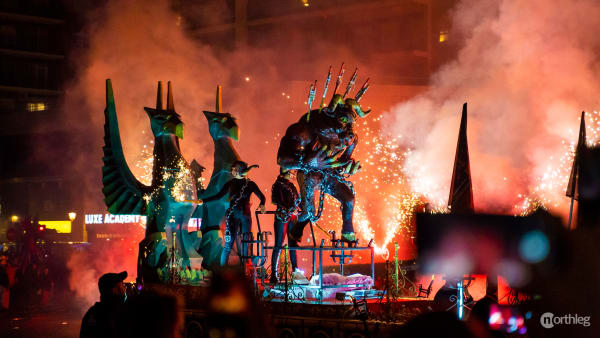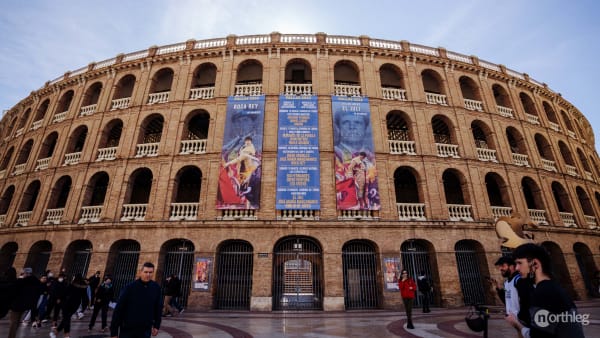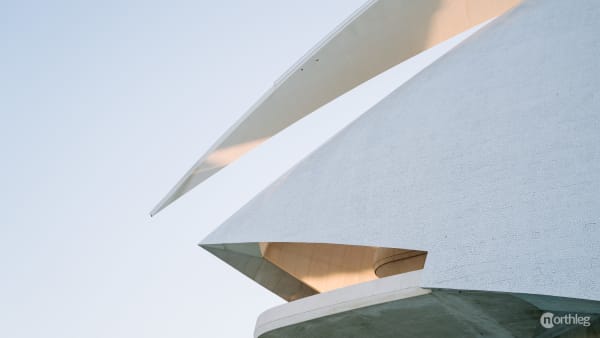History of Fallas
Fallas is an incredibly rooted tradition in Valencia, but when did it become as we know it today? What are its origins? How has it changed over time?
History of Fallas
Fallas is an incredibly rooted tradition in Valencia, but when did it become as we know it today? What are its origins? How has it changed over time?
As much as Fallas is an undoubtedly Valencian tradition, we cannot really be sure of when the first Fallas was celebrated, as the festival’s origins are so murky and debated. To an extent, we could say it doesn’t even make sense to try and mark a specific point in time for the Fallas birth.
To do that, we would have to define exactly what makes Fallas what it is. Is it the falleras and falleros? Is it the bonfires? Is it the fireworks? Is it the construction of a falla as a sculpture? For each of these questions, dozens of other issues arise. What makes a falla just that? The wood? The intention to mock? Their artistic value? What intrinsically makes a fallera just that? Her official inscription to a committee? Her dress? Her involvement in the festival? What if the festival hasn’t been institutionalised yet?

The truth is, the festival, its customs, and the institutions that revolve around it have all changed incredibly over the years. Traditions have been dropped and then recovered, others abandoned altogether, others created recently and others yet adopted from other locations in the region.
What we can be sure of is that Fallas is something that is nowadays an essential part of Valencian identity and tradition, beloved and cherished by its people. Suffice it to say that there even are expat Valencians who travel back to their hometown every year to help with the organisation of the festival. Let’s dive into its history.














